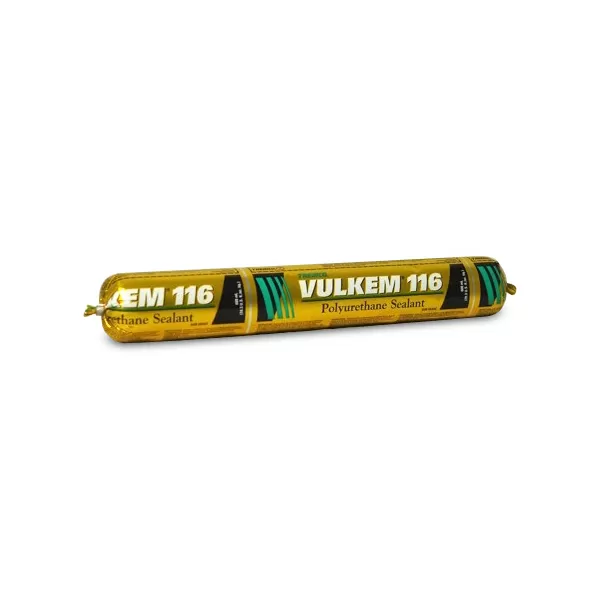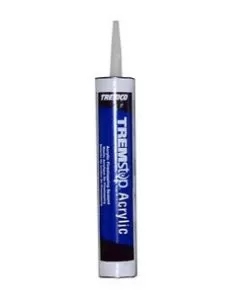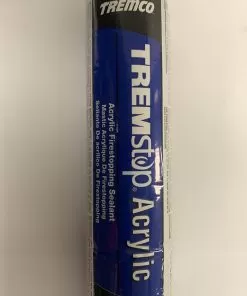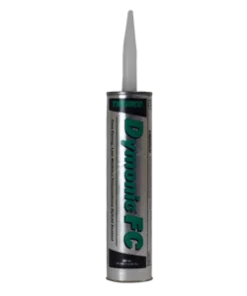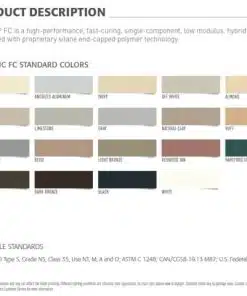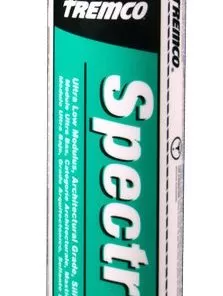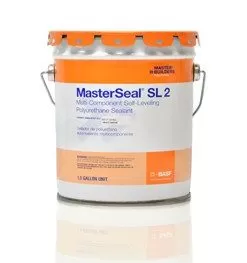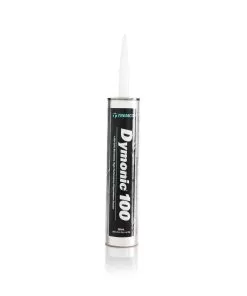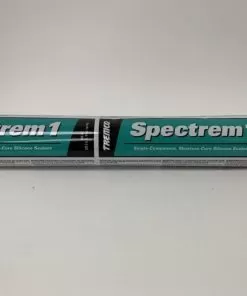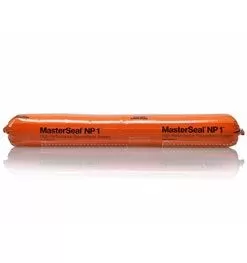Vulkem 116: Polyurethane Sealant
$12.85
Uses:
Vulkem 116 is an excellent general-purpose sealant designed for use on poured and precast concrete, masonry work, window and door perimeters, and similar types of construction joints. Vulkem 116 is approved for exterior use only.
Vulkem 116: Polyurethane Sealant
Vulkem 116 is a textured, single-component, moisture-curing, gun-grade polyurethane sealant.
If you have any questions about Vulkem 116, Contact Us.
Features and Benefits:
• Vulkem 116 has a 30-year history of delivering superior primerless adhesion to porous substrates, which makes it the choice for sealing expansion joints in commercial construction applications.
• Vulkem 116 is suitable for certain water immersion applications.
• Vulkem 116 is rated for +/-25% movement capability.
• The cure of the sealant can be accelerated with the addition of the Vulkem Catalyst 45/116.
• Vulkem 116 is durable, flexible, and offers excellent performance in dynamic joints.
Applicable Standards:
Vulkem 116 meets or exceeds the requirements of the following specifications:
• ASTM C920 Type S, Grade NS, Class 25, Use T, NT, M, A, I class II, and O
• U.S. Federal Specification TT-S-00230C, Class A, Type II
• CAN/CGSB-19.13-M87
• USDA regulation for indirect food contact
• Canadian Food Inspection Agency
• City of Los Angeles (COLA) approval standards
Limitations:
• Do not apply Vulkem 116 over damp, green or contaminated surfaces.
• Vulkem 116 is approved for exterior use only. Do not use this product inside an occupied building even if there are no occupants present during use.
• Always utilize the sealant’s SDS found on our website at
www.tremcosealants.com for information on proper ventilation, Personal Protective Equipment (PPE) and other health concerns.
• Do not use in chlorinated, potable, heavy or waste water.
• Although this product is paintable, this does not imply adhesion to and compatibility with all paints. Please refer to Tremco Technical Bulletin No. S-09-05 for more information.
Substrate Preparation:
Surfaces must be sound and clean. All release agents, existing waterproofing, dust, loose mortar, paints, other finishes or field applied coating must be removed. This can be accomplished with a thorough wire brushing, grinding, sandblasting, or solvent washing, depending on the contamination.
Tremco recommends that surface temperatures be 40 ˚F (5 ˚C) or above at the time the sealant is applied. If sealant must be applied in temperatures below 40 ˚F, please refer to the Tremco Technical Bulletin for Applying Sealants in Cold Conditions (No. S-08-44 rev 1) that can be found on our website at www.tremcosealants.com
Priming:
Tremco Vulkem 116 typically adheres to common construction substrates without primers; however, Tremco always recommends that mock-up or field adhesion test be performed on the actual materials being used on the job to verify the need for a primer, proper cleaning and prep requirements. The field adhesion test can be found in appendix X1 of ASTM C 1193, Standard Guide for Use of Joint Sealants. Where deemed necessary, use Vulkem Primer® #191 Low VOC QD for porous substrates and TREMprime® Non-Porous Primer for metals and plastics.
Application:
Tremco Vulkem 116 is easy to apply with conventional caulking equipment. Ensure that the backer rod is friction-fitted properly and any primers have been applied.
Fill the joint completely with a proper width-to-depth ratio, and then tool to ensure intimate contact of sealant with joint walls.
Dry tooling is always preferred, although xylene can be used in limited amounts to slick the spatula if needed. For a cleaner finish, mask the sides of the joint with tape prior to filling.
Joint Design:
Vulkem 116 may be used in any vertical or horizontal joint designed in accordance with accepted architectural/engineering practices. Joint width should be 4 times anticipated movement, but not less than 1/4″ (6 mm).
Joint Backing:
Closed cell or reticulated polyethylene backer rod is recommended as joint backing to control sealant depth and to ensure intimate contact of sealant with joint walls when tooling. Where depth of joint will prevent the use of backer rod, an adhesive backed polyethylene tape (bond breaker tape) should be used to prevent three-sided adhesion. All backing should be dry at time of sealant application.
Cure Time:
Vulkem 116 generally cures at a rate of 1/16″ (2 mm) per day at 75 °F (24 °C) and 50% RH. It will skin in 5 hr and be tack free in 30 hr. The cure time will increase as temperatures and/or humidity decrease. A good rule of thumb is one additional day for every 10 °F decrease in temperature.
Clean Up
Excess sealant and smears adjacent to the joint interface can be carefully removed with xylene or mineral spirits before the sealant cures. Any utensils used for tooling can also be cleaned with xylene or mineral spirits.
| Weight | 2 lbs |
|---|---|
| Dimensions | 12 × 2 × 2 in |
| Color | Almond, Aluminum, Aluminum Stone, Anodized Aluminum, Beige, Black, Bronze, Buff, Dark Bronze, Gray, Ivory, Limestone, Natural Clay, Redwood Tan, Stone, White |
Related products
All Products
Sealant Products
All Products
All Products





